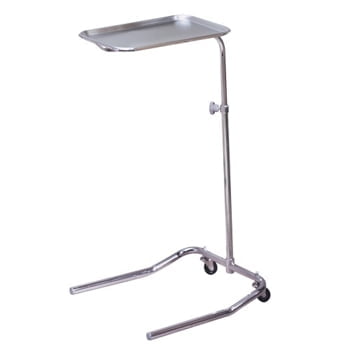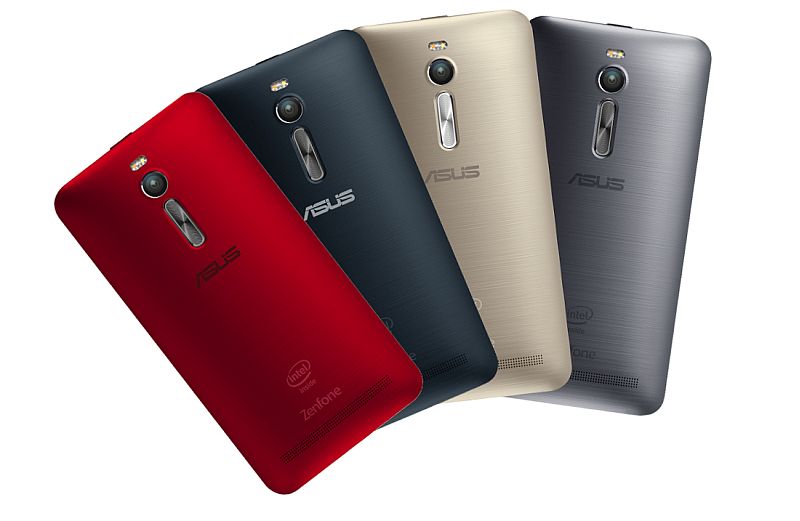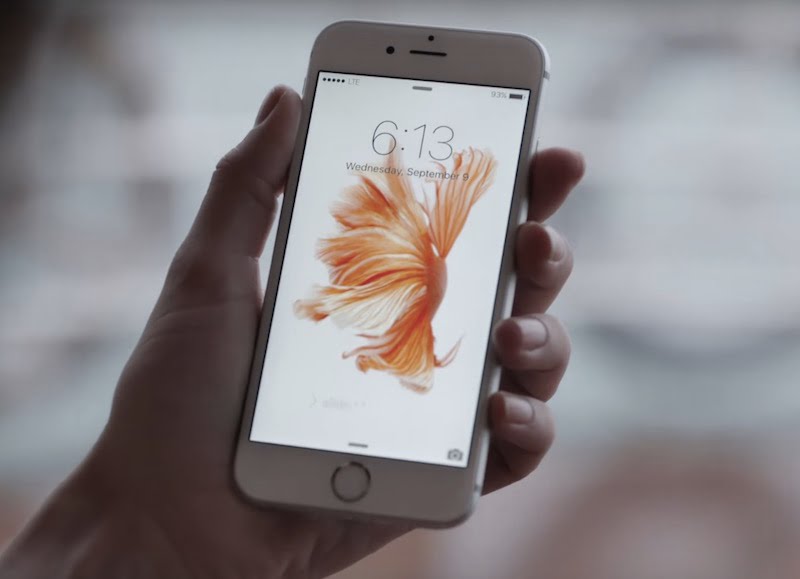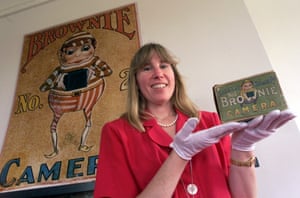
-
Kodak Brownie, 1900
The Brownie was responsible for bringing snapshot photography to the masses in 1900. A very simple cardboard box with a lens that took Kodak’s 117 roll film, the camera was named after cartoonist Palmer Cox’s popular Brownie character that adorned the box. It cost $1 (just under $30 in today’s currency) and proved very popular, selling 150,000 units in its first year and spawning a new popular photography movement with multiple follow-up models.
Photograph: David Duprey/AP
-
Philips Radiorecorder, 1966
The Philips Radiorecorder was the first combination portable radio and cassette recorder when released in 1966. It kickstarted a whole new category of portable music players that later became known as the boombox or “ghetto blaster”, after their popularity at inner-city block parties in the US.By its heyday the boombox was portable and loud, balanced on the shoulder or lugged around using handles. The demand for bigger and louder bass increased some to the size of a suitcase with thundering sound.
Photograph: Philips Company Archives
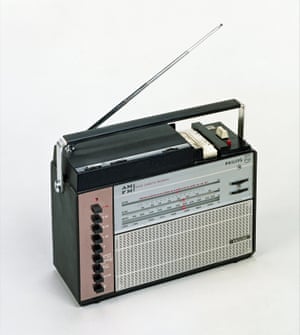
-
Portable calculator, 1970
The first portable calculators hit the market in 1970 in Japan with models from Sharp, Sanyo and Canon. The Canon Pocketronic (pictured), a portable calculator that spat out numerical digits on thermal paper, was developed as part of the Cal-Tech project by Texas Instruments started in 1965.It wasn’t until the 1971 Mostek MK6010 that what we might know as a pocket calculator came into being, with the first “calculator on a chip” technology, which would eventually drive down costs and led to widespread adoption
Photograph: Alamy Stock Photo
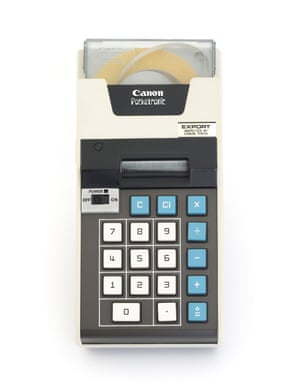
-
Walkman, 1979
Arguably the most iconic music player ever made, the Sony Walkman was originally called the ‘Soundabout’ in the US and the ‘Stowaway’ in the UK. Launched in 1979, the original portable audio cassette player prototype was created by an audio engineer because the Sony co-chairman at the time wanted to listen to operas during his frequent pan-Pacific plane trips.It changed the way people thought about music, making it a personal affair that could be taken with you. By 2009,more than 385m had been sold.
Photograph: James Gourley/REX Shutterstock
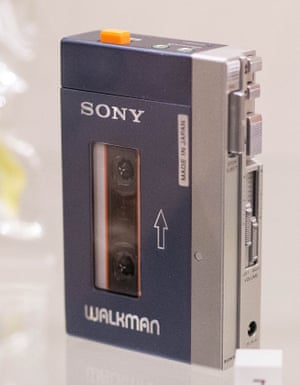
-
-
Discman, 1984
Sony’s first portable CD player took the idea of the Walkman and ran with it – it was even called the CD Walkman in Japan. It was the size of four CD cases stacked on top of each other, and came just two years after the CD went into mass production and is considered partly responsible for the popularity of CDs.
Photograph: Alamy Stock Photo
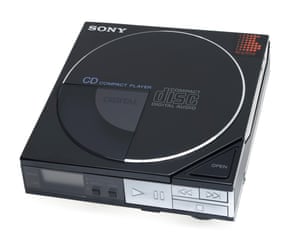
-
Game Boy, 1989
The iconic handheld gaming console without which the DS and the brand new Switch probably wouldn’t have existed, the Nintendo Game Boy brought console games into people’s hands everywhere, despite being technically inferior to competitors at the time it was still the most popular because of its games. It had a 4.19Mhz processor, 8kB of RAM, a greyscale 2.6in 160×144 display and it took game cartridges. Four AA powered it for at least 15 hours and most came bundled with Tetris.
Photograph: Alamy
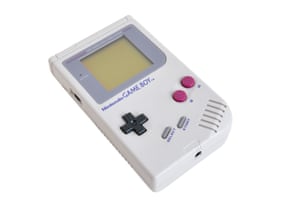
-
Tamagotchi, 1996
Launched in 1996, the Tamagotchi was one of the first gadget crazes. A tiny electronic pet that died if you didn’t press a button to feed it, clear its poop or play with it enough – every kid had to have one. It spawned copy cats and frenzies in classes and it brought the toy into the digital age, if only for a few short years. More than 44 different versions were released and by 2010 more than 76m had been sold all over the world.
Photograph: Alamy
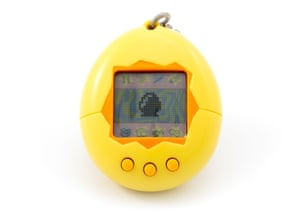
-
Palm Pilot, 1996
The Palm started life as a project by US Robotics to make handwriting recognition software, but ended up producing one of the most influential personal digital assistant lines, and eventually, the forerunner to modern smartphones. The first Palm Pilot had a grey scale screen, resistive touchscreen, stylus and could be upgraded with new internal components.
Photograph: Science & Society Picture Library/SSPL via Getty Images
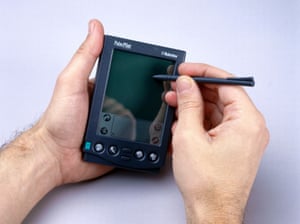
-
-
iPod, 2001
The iPod was arguably the final evolution of the music player. Based on small spinning hard drive, the original iPod wasn’t that popular, but it was the beginning of popular digital music players and propelled Apple from being just a computer maker to a consumer electronics power house.
Photograph: Getty Images
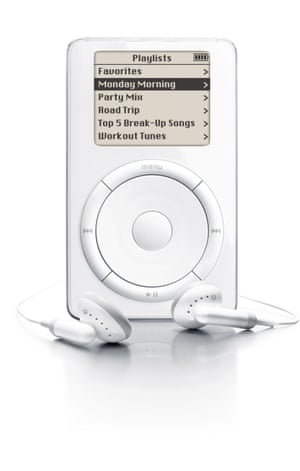
-
iPhone, 2007
Like the iPod before it, the first iPhone wasn’t quite the overnight success we know it as now, but it brought about the third age of the smartphone and in doing so, killed every other portable gadget. Smartphones like the iPhone replaced cameras, music players, video players, portable gaming machines, voice recorders, navigation devices, the list goes on and on. The smartphone is arguably the last portable gadget standing.
Photograph: Shaun Curry/AFP/Getty Images



